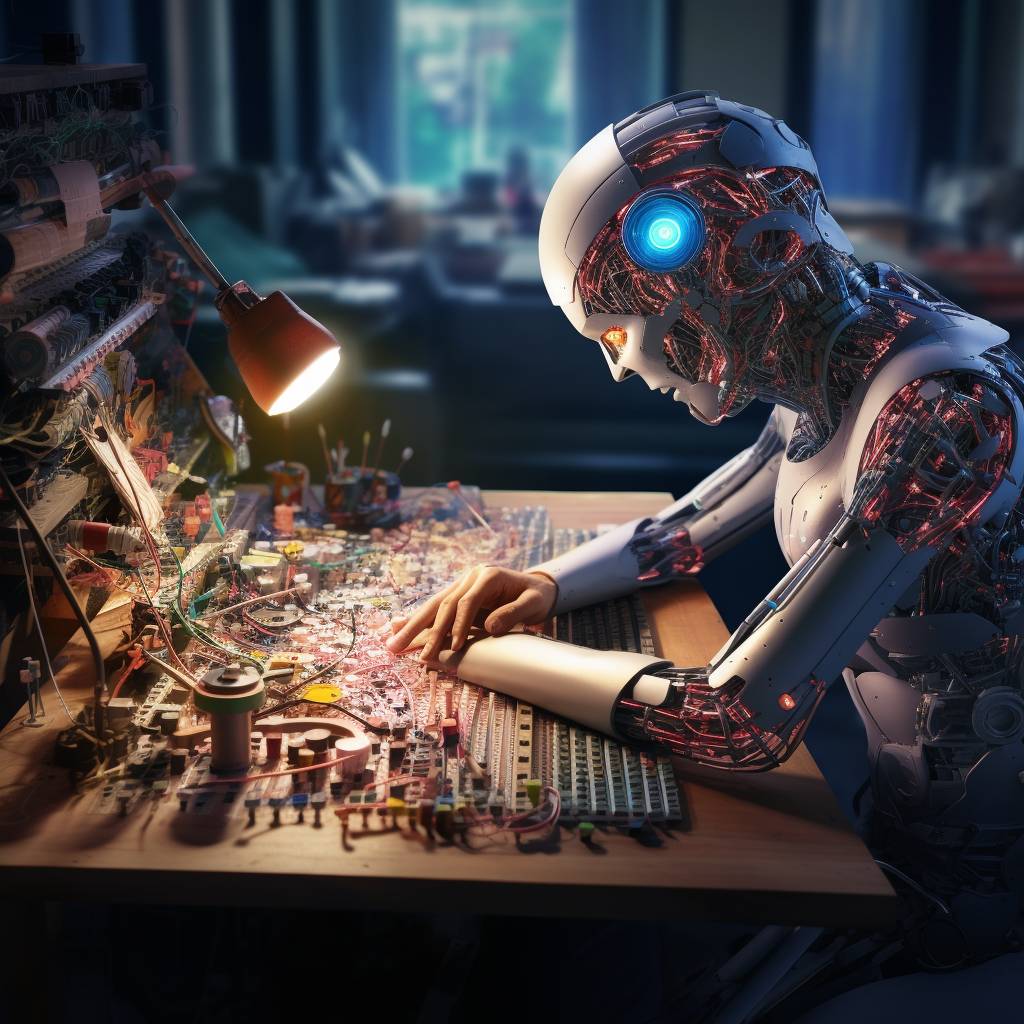AI Revolutionizing Electronic Engineering Problem-Solving Techniques
Artificial Intelligence (AI) has been making waves across different sectors, and electronic engineering is no exception. With the increasing complexity of electronic devices, electronic engineers are faced with the daunting task of designing and troubleshooting intricate circuits. However, AI is stepping in to revolutionize the way these challenges are tackled, providing a new approach to electronic engineering problem-solving techniques.
In the past, electronic engineers relied heavily on manual processes such as simulation and prototyping for circuit design and testing. These methods, while effective, often proved time-consuming and didn’t always yield the most efficient solutions. However, AI’s rise is changing the game. Machine learning algorithms are now being utilized to automate and streamline the design process, leading to more effective solutions.
One of the most significant impacts of AI is seen in the optimization of electronic circuits. Engineers often grapple with finding the perfect mix of components and their values to achieve desired performance levels. This process can be intricate and lengthy due to multiple conflicting objectives like maximizing performance while minimizing power consumption. AI algorithms, including genetic algorithms and particle swarm optimization, have proven instrumental in making this task more manageable. They enable engineers to efficiently navigate the vast design space and find optimal solutions that meet performance criteria.
Fault diagnosis and troubleshooting is another area where AI is revolutionizing electronic engineering problem-solving techniques. As electronic systems become increasingly complex, identifying the root cause of a problem can be like finding a needle in a haystack. AI-powered tools have emerged as an invaluable resource for engineers, aiding them in analyzing large volumes of data from various sources like sensor readings and simulation results. This helps identify patterns and correlations that could point towards a fault, significantly reducing the time and effort required for problem diagnosis and rectification.
AI is also playing a pivotal role in designing next-generation electronic devices such as wearable devices and flexible electronics. These devices often necessitate innovative materials and fabrication techniques that can be challenging to model and simulate using traditional methods. AI algorithms come handy here, assisting engineers in exploring novel materials and fabrication processes. They also help predict performance and reliability, paving the way for the creation of groundbreaking electronic devices that defy conventional boundaries.
Furthermore, AI is transforming how electronic engineers collaborate and share knowledge. AI-powered online platforms are helping engineers find relevant information and resources like research papers, patents, and simulation models more efficiently. These platforms also foster collaboration among engineers from diverse disciplines and backgrounds, encouraging innovation and new idea development.
In summary, AI is revolutionizing electronic engineering problem-solving techniques by automating various aspects of the design process from circuit optimization to fault diagnosis and troubleshooting. This leads to more efficient solutions and enables the creation of innovative electronic devices that push the boundaries of possibility. As we continue to see advancements in AI, its impact on electronic engineering is expected to grow exponentially, further revolutionizing how engineers solve problems and design the electronic systems of tomorrow.
